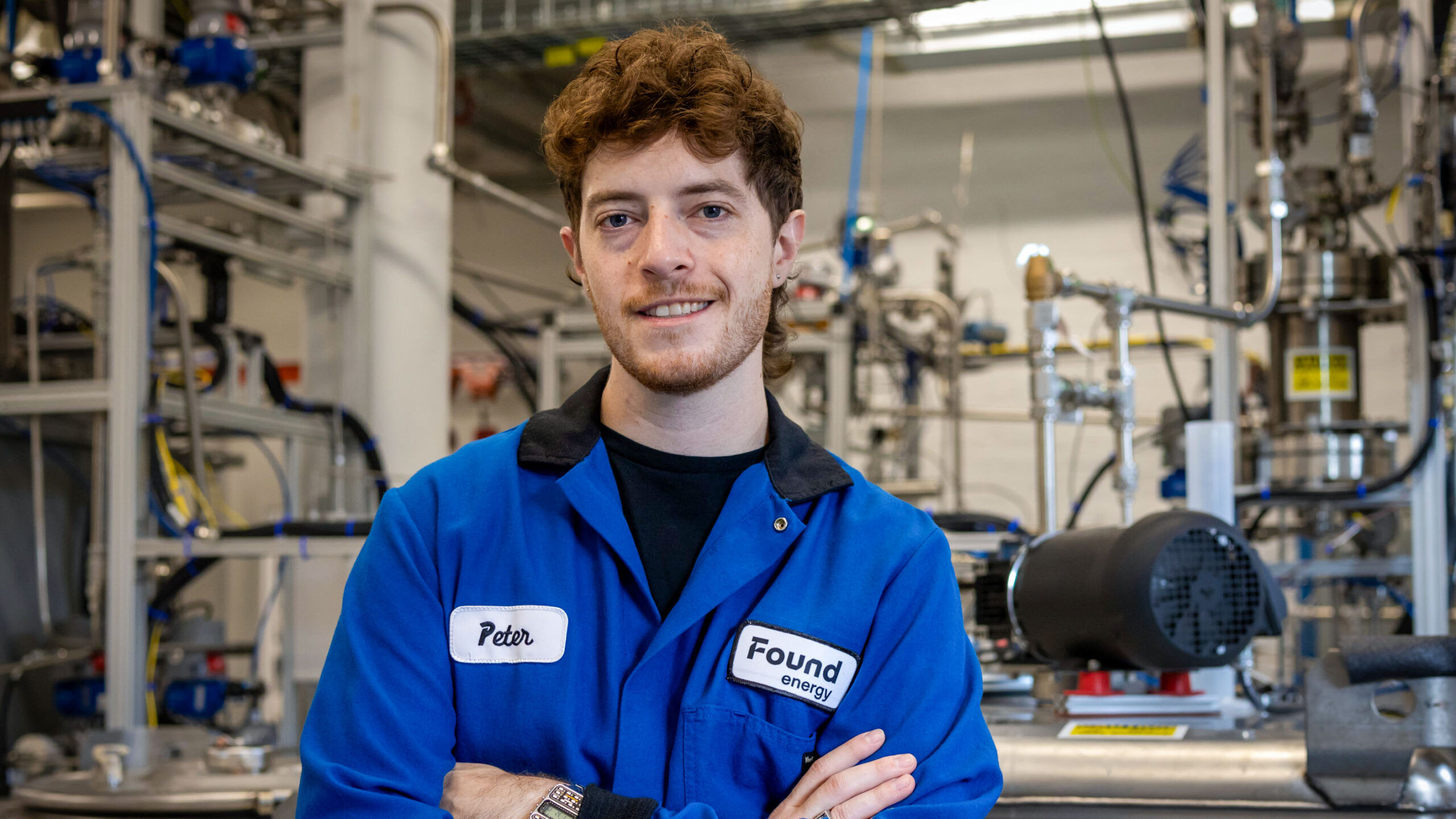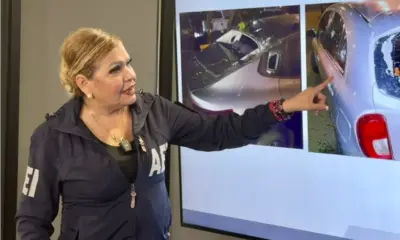Science
Startup Launches Major Test of Aluminum as Zero-Carbon Fuel

A Boston-based startup, Found Energy, is set to conduct what it claims is the largest real-world test of aluminum as a zero-carbon fuel. The company’s innovative approach aims to utilize aluminum waste to produce energy for industrial processes, potentially transforming how industries power their operations and reducing greenhouse gas emissions.
During a recent demonstration, Peter Godart, founder and CEO of Found Energy, showcased the rapid energy release from crushed aluminum, reacting it with water. “I can just keep this reaction going by adding more water,” he stated, emphasizing the efficiency of the process. The newly developed aluminum-powered engine, which Godart asserts is the largest aluminum-water reactor ever built, is scheduled for installation in January 2026 at a tool manufacturing facility in the southeastern United States. The facility plans to use its own aluminum waste as fuel, although the manufacturer has not been publicly identified.
Transforming Aluminum Waste into Clean Energy
The technology developed by Found Energy could play a significant role in reducing emissions from industrial processes that are challenging to electrify, like cement production and metal refining. Godart explained, “We invented the fuel, which is a blessing and a curse,” highlighting both the potential and the challenges in developing supporting systems for this new energy source.
Engineers have long been interested in aluminum due to its high energy density. Once processed, aluminum contains more than twice the energy of diesel fuel by volume and nearly eight times that of hydrogen gas. The reaction between aluminum and oxygen in water or air generates aluminum oxides, releasing heat and hydrogen gas suitable for zero-carbon power.
One of the main challenges with aluminum as a fuel is that it forms an oxidized layer upon reacting, which halts further combustion. Godart noted, “People have tried it and abandoned this idea many, many times.” Critics like Geoff Scamans, a metallurgist from Brunel University, express skepticism about aluminum’s viability as a fuel source, citing inefficiencies in the aluminum-water reaction compared to the energy required to refine and smelt aluminum. He remarked, “A crazy idea is always a crazy idea.”
The Breakthrough in Catalysis
Despite these challenges, Godart and his team believe they have discovered a viable method. Instead of merely speeding up the reaction by introducing water to aluminum, they developed a proprietary liquid metal catalyst that permeates the aluminum’s microstructure. This catalyst allows the aluminum to froth and split open during the reaction, exposing more of the metal to water and generating steam at an accelerated rate.
Godart’s prior experience at NASA inspired this innovative approach, as he initially explored using aluminum robots for fuel on extraterrestrial missions. After shifting focus to terrestrial applications, he founded Found Energy in 2022. Since then, the company has progressed from small-scale testing to designing a larger engine capable of producing 100 kilowatts of power—equivalent to a small diesel engine.
In September 2023, the engine successfully reached its target power output. The pilot project aims to create steam and hydrogen, which can be converted into electricity or used in various industrial applications, including refining chemicals or producing steel. Godart envisions a closed-loop system where the aluminum hydroxide produced in the reaction can be converted back into aluminum, potentially allowing the process to meet a significant portion of industrial heat demand across various sectors.
Current estimates from the International Aluminium Institute indicate that over 3 million metric tons of aluminum collected for recycling annually go unrecycled, while an additional 9 million metric tons are not collected at all. This presents both a challenge and an opportunity for Found Energy, as it aims to turn unrecyclable aluminum waste into a valuable energy source.
While the plan is ambitious, the road ahead may not be without hurdles. The energy required to recharge aluminum hydroxide back into aluminum metal could limit the technology’s effectiveness as a primary energy source. Jeffrey Rissman, a researcher at Energy Innovation, highlighted that using clean electricity for this process is crucial, yet increasingly challenging as demand for renewable energy grows across various sectors.
Despite these challenges, Godart remains optimistic, stating, “We actually believe this can probably do half a megawatt.” As Found Energy approaches its pilot project launch, the industry is closely watching to see if this innovative approach can reshape the future of energy production and consumption.
-

 Business5 days ago
Business5 days agoUK to Finalize Stablecoin Regulations by 2026, Boosting Crypto Sector
-

 Business6 days ago
Business6 days agoU.S. and U.K. Target Cybercriminal Networks, Seize $15 Billion
-

 Lifestyle5 days ago
Lifestyle5 days agoKISS OF LIFE’s Natty Dazzles in Micro-Shorts at Seoul Event
-

 World5 days ago
World5 days agoMilitary Artillery Plan Sparks Safety Concerns Along California Highway
-

 Sports5 days ago
Sports5 days agoDomenico Doran’s Stellar Performance Leads Bishop Amat to Victory
-

 World6 days ago
World6 days agoTrump Signals Reluctance to Sell Tomahawk Missiles to Ukraine
-

 Business6 days ago
Business6 days agoCalifornia to Eliminate All Plastic Bags from Stores by 2026
-

 Entertainment5 days ago
Entertainment5 days agoLouisiana Senate Raises Concerns Over Medicaid Cuts Amid New Bill
-

 Entertainment6 days ago
Entertainment6 days agoUtah Communities Rally as Government Shutdown Strains Resources
-

 Sports6 days ago
Sports6 days agoTrade Low, Trade High: Key NHL Players to Consider Now
-

 Science3 days ago
Science3 days agoAncient Dinosaur Discovery in Argentina Reveals Evolutionary Insights
-

 Health3 days ago
Health3 days agoUncovering the Hidden Link Between Knee Pain and Hip Issues









